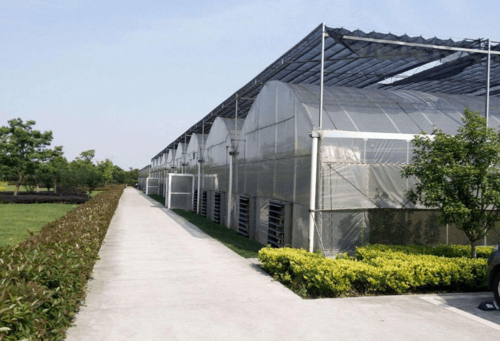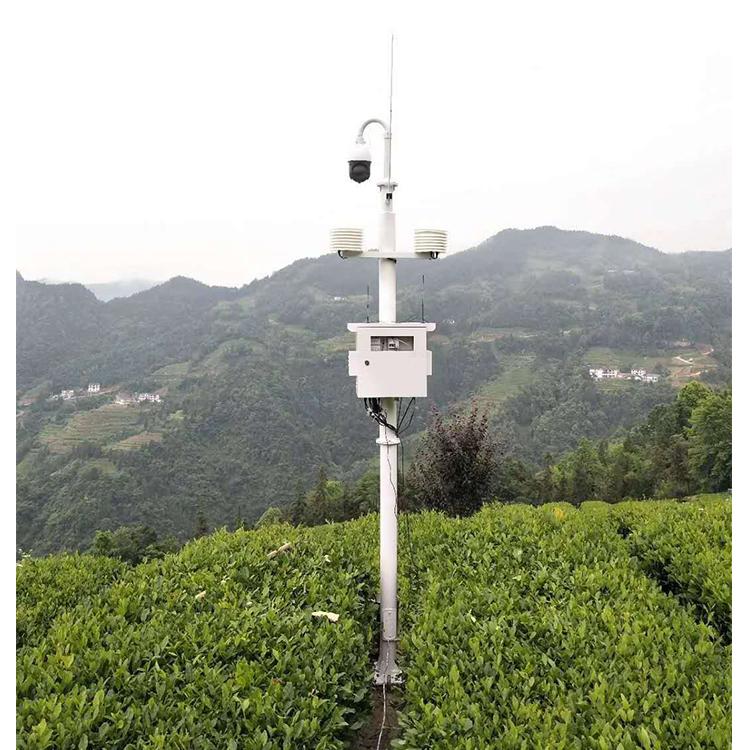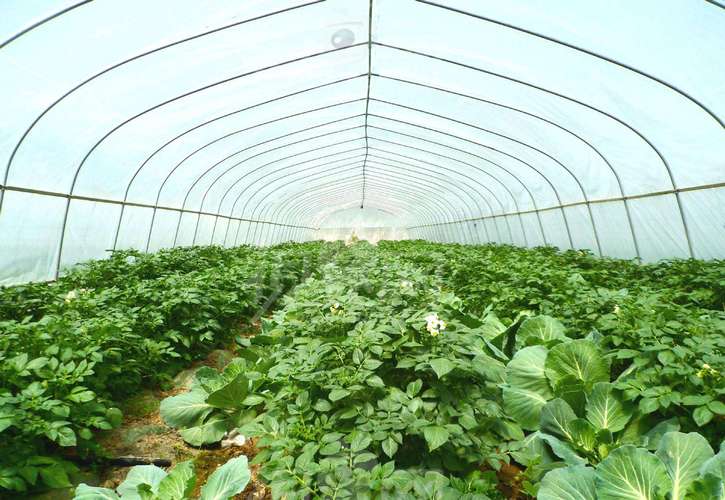

— Blogs —
—Products—
 Consumer hotline +8618073152920
Consumer hotline +8618073152920 WhatsApp:+8615367865107
Address:Room 102, District D, Houhu Industrial Park, Yuelu District, Changsha City, Hunan Province, China
Product knowledge
Time:2023-07-02 21:05:24 Popularity:898
The installation and application of weather stations in vegetable greenhouses. To be able to eat vegetables in the winter, more and more vegetable growing bases are using greenhouses for vegetable cultivation, and vegetable greenhouses are one of them. However, although the vegetable greenhouse can obtain high economic benefits, but its constraints by the weather and climate elements are more severe. Many cultivation for the need to adjust the planting strategy according to climate change, and lead to a decline in production revenue.

Vegetable greenhouses introduce weather monitoring instruments such as weather stations to monitor the temperature and humidity in the greenhouse and other meteorological factors, quickly obtain the value of changes in weather factors in the vegetable greenhouse, providing a scientific basis for vegetable farmers to greenhouse planting, the application of weather stations for the realization of vegetable greenhouses to increase efficiency and income, and promote the standardization of green pollution-free vegetable production play a certain role in guiding.

The weather station can realize all-weather weather data collection, monitor the temperature and humidity, carbon dioxide concentration, light intensity, soil temperature and humidity and other meteorological elements in the vegetable greenhouse, and at the same time transmit the monitored information to the computer terminal system, which is convenient for the staff to analyze and process the weather data, make timely information about the impact of climate on crops, and provide farmers with scientific planting solutions.
Installing a weather station in a greenhouse allows real-time monitoring of weather conditions and environmental parameters to help farmers better manage and optimize the greenhouse environment. Weather stations are usually small and lightweight, easy to install and portable.

You can place the weather station in an appropriate location inside the greenhouse to measure and monitor the following parameters:
Temperature: Know the temperature changes inside the greenhouse to ensure the temperature is right for your crops.
Humidity: Measure air humidity to help determine if the humidity inside the greenhouse is suitable for crop growth.
Light intensity: Measure light intensity with a light sensor to understand the effect of light levels on crop growth.
CO2 concentration: Some weather stations can also measure carbon dioxide (CO2) concentration, which can be used to understand air quality and crop photosynthesis in the greenhouse.
Wind speed and direction: Wind speed and direction inside the greenhouse are monitored to understand the effectiveness of ventilation and air convection.
The weather station usually connects to a device such as a smartphone, tablet or computer via 4G or Wi-Fi to display and record data in real time. You can use the appropriate app or software to view the data and set up alerts and notifications so that necessary actions can be taken in a timely manner.

By monitoring and analyzing weather conditions in the greenhouse in real time, you can make decisions based on the data, such as adjusting parameters such as temperature, humidity and light to maximize crop growth and yield. This real-time monitoring and control helps optimize the greenhouse environment to improve crop health and productivity.
Related recommendations
Sensors & Weather Stations Catalog
Agriculture Sensors and Weather Stations Catalog-NiuBoL.pdf
Weather Stations Catalog-NiuBoL.pdf
Related products
 Combined air temperature and relative humidity sensor
Combined air temperature and relative humidity sensor Soil Moisture Temperature sensor for irrigation
Soil Moisture Temperature sensor for irrigation Soil pH sensor RS485 soil Testing instrument soil ph meter for agriculture
Soil pH sensor RS485 soil Testing instrument soil ph meter for agriculture Wind Speed sensor Output Modbus/RS485/Analog/0-5V/4-20mA
Wind Speed sensor Output Modbus/RS485/Analog/0-5V/4-20mA Tipping bucket rain gauge for weather monitoring auto rainfall sensor RS485/Outdoor/stainless steel
Tipping bucket rain gauge for weather monitoring auto rainfall sensor RS485/Outdoor/stainless steel Pyranometer Solar Radiation Sensor 4-20mA/RS485
Pyranometer Solar Radiation Sensor 4-20mA/RS485
Screenshot, WhatsApp to identify the QR code
WhatsApp number:+8615367865107
(Click on WhatsApp to copy and add friends)